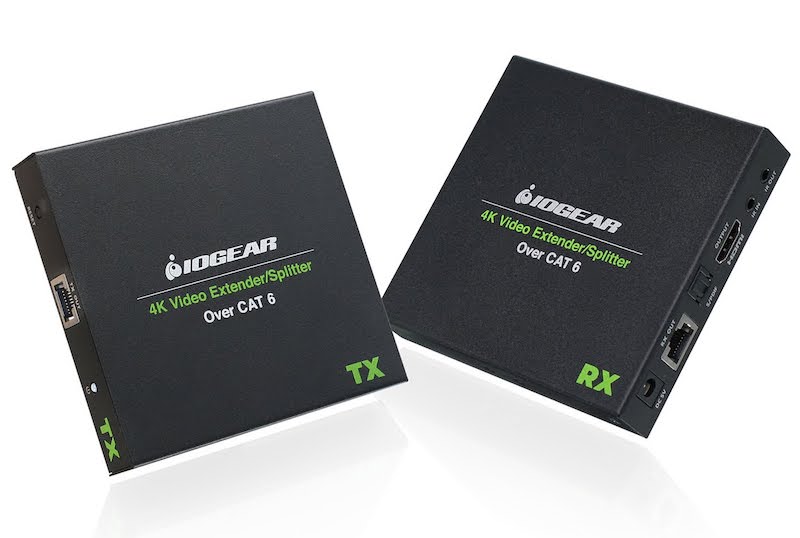I’ve been frustrated and occasionally delighted (but mostly frustrated) by the little black boxes we use in the custom installation channel to send out HD video from a stack of gear in the main AV rack across the room (or house) to its intended destination while praying that the signal makes the journey in one piece.
Manufacturer-terminated HDMI cables cap out around 50 feet in terms of efficacy, so many installations turn to HDMI baluns that leverage fiber optic, shielded or unshielded twisted pair (STP/UTP) cabling. Most of these baluns work during the installation just long enough for the installer to finish cleaning up, train the client, and head on down the road. Then the fun begins. By fun, I mean inexplicable screen blanking, lip sync issues, and erratic pixilation.
Tech support asks if you’ve installed the baluns in a little cocoon with its own oxygen supply, dedicated power and cabling made of the finest unicorn hair. The blame game begins and frustration builds — all over a little black box.
Related: IOGEAR Introduces Value-Targeted Online UPS Battery Back Ups
Needless to say, when the folks at IOGEAR asked if I wanted to demo their new little black boxes, my PTSD triggered a little bit. I decided to keep an open mind and give them a fair shot. What follows is objective and the names have been kept the same to protect no one.
Unboxing
The IOGEAR 4K Video Extender/Splitter over Ethernet Cable Kit ships in a small, bright green, cardboard box emblazoned with nice pictures of what’s inside along with a straightforward product description. No one’s mistaking this box for peanut butter or a lefthanded smoke shifter.
I flipped open the carton to reveal a Quick Start guide, the transmit and receive baluns, two power supplies, and some IR emitters. I cracked open the instructions and started at the beginning, laying everything out to make sure nothing was amiss. Everything looked good so I rolled up my sleeves to prepare for hooking it all up.
Installation
I planned to use a ScreenBeam 1100 Plus to push a little HD video down the IOGEAR 4K Video Extender/Splitter’s throat. I connected the transmitter end to the HDMI output on the ScreenBeam and the receive end to a large flat panel display in my office separated by a 100-foot run of Cat-6 UTP. I plugged in both the transmitter and receiver to power and watched the unit status LEDs flash blue for around a minute before the ScreenBeam splash screen displayed confidently on the flat panel.
I left the setup in place for a few days with a heavy dose of screen sharing and video conferencing to see if any telltale blanking or blipping showed up. I started to relax a bit on Day 5 as I realized there had been no issues whatsoever.
Another feature I saw in the IOGEAR 4K Video Extender/Splitter’s cutsheet showcased the ability to split its signal out to a maximum of 10 displays. This means that wiring could be daisy chained. In a sports bar environment, this could come in handy and drop the price of installation down considerably.
Final Report
The IOGEAR 4K Video Extender/Splitter retails for $149. In a world where most HDMI balun products that actually work run closer to $1,000, IOGEAR seems to have broken spacetime to figure this one out.
We’ll keep an eye on this nifty gadget as we march forward, especially for use in single display and small commercial video distribution applications. In the baluns category, there are only two letter grades possible: A+ or F. This one gets an A+.







![ecobee premium airzone control The ecobee Smart Thermostat Premium. [Photo credit | ecobee]](https://restechtoday.com/wp-content/uploads/2025/06/ecobee-premium.jpg)
![Hub 3_02 The SwitchBot Hub 3 provides a user-friendly solution to the growing complexity of modern smart homes. [Photo credit | SwitchBot]](https://restechtoday.com/wp-content/uploads/2025/06/Hub-3_02-scaled-e1750179791687.png)
